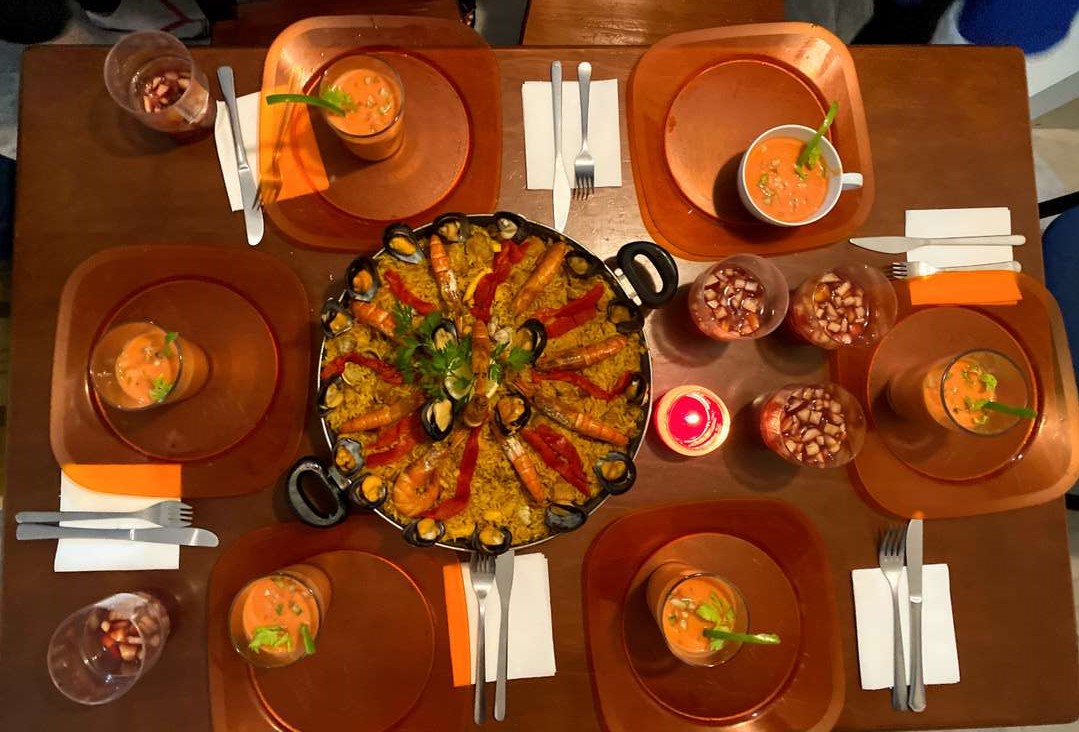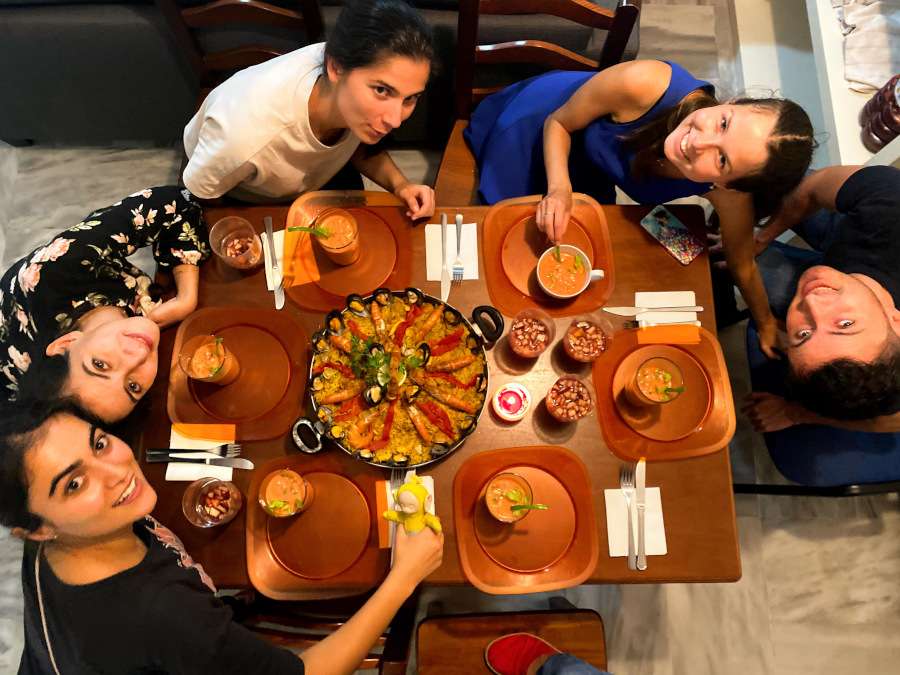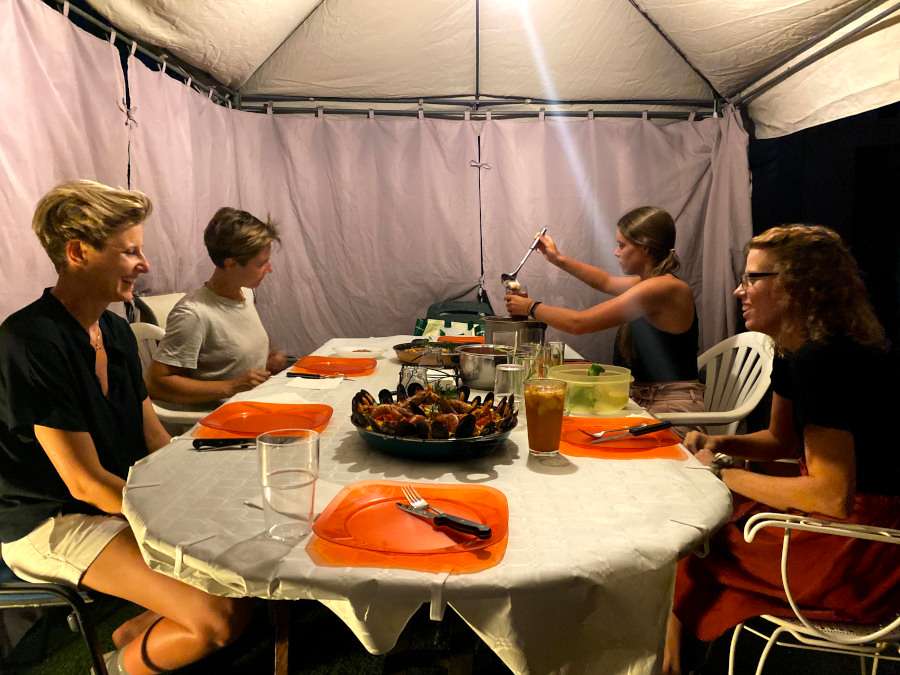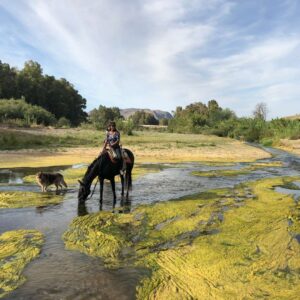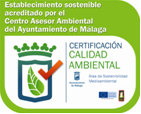Opis
You cannot leave Malaga without having enjoyed the terrace of a “chiringuito” bar on the beach in Pedregalejo or El Palo. The stars among the summer dishes are the “fritura malagueña” (a wide variety of fried local fish like red mullets, white anchovies, squid or school shark) and grilled sardines. You will see that the preparation of an “espeto” is pure art: 5 or 6 sardines put on a skewer and roasted with coarse salt over an open olive wood fire. That’s the essence of Malaga!
Spanish cuisine is heavily influenced by historical processes that shaped local culture and society in some of Europe’s Iberian Peninsula territories. Geography and climate have had a great influence on cooking methods and available ingredients. These cooking methods and ingredients are still present in the gastronomy of the various regions that make up Spain. Spanish cuisine derives from a complex history where invasions and conquests of Spain have modified traditions which made new ingredients available. Thus, the current and old cuisine of Spain incorporates old and new traditions.
Our Spanish cooking course also teach you about Andalusian cuisine. Of all the Spanish regions, this region uses the most olive oil in its cuisine. It is a cold soup made with five vegetables, vinegar, water, salt, olive oil, and stale bread crumbs. Other cold soups include poleá, zoque and salmorejo.
Snacks made with olives are common. Meat dishes include: flamenquín, pringá, oxtail stew and Menudo Gitano (also called Andalusian tripe). The hot soups include cat soup (made with bread), dog stew (fish soup with orange juice) and migas canas. Fish dishes include: fried fish, cod pavías, and parpandúas. A culinary custom is the typical Andalusian breakfast, which is considered to be a traditional characteristic of laborers which is extending throughout Spain.
Our Spanish cooking course is one of the best courses in Malaga.


